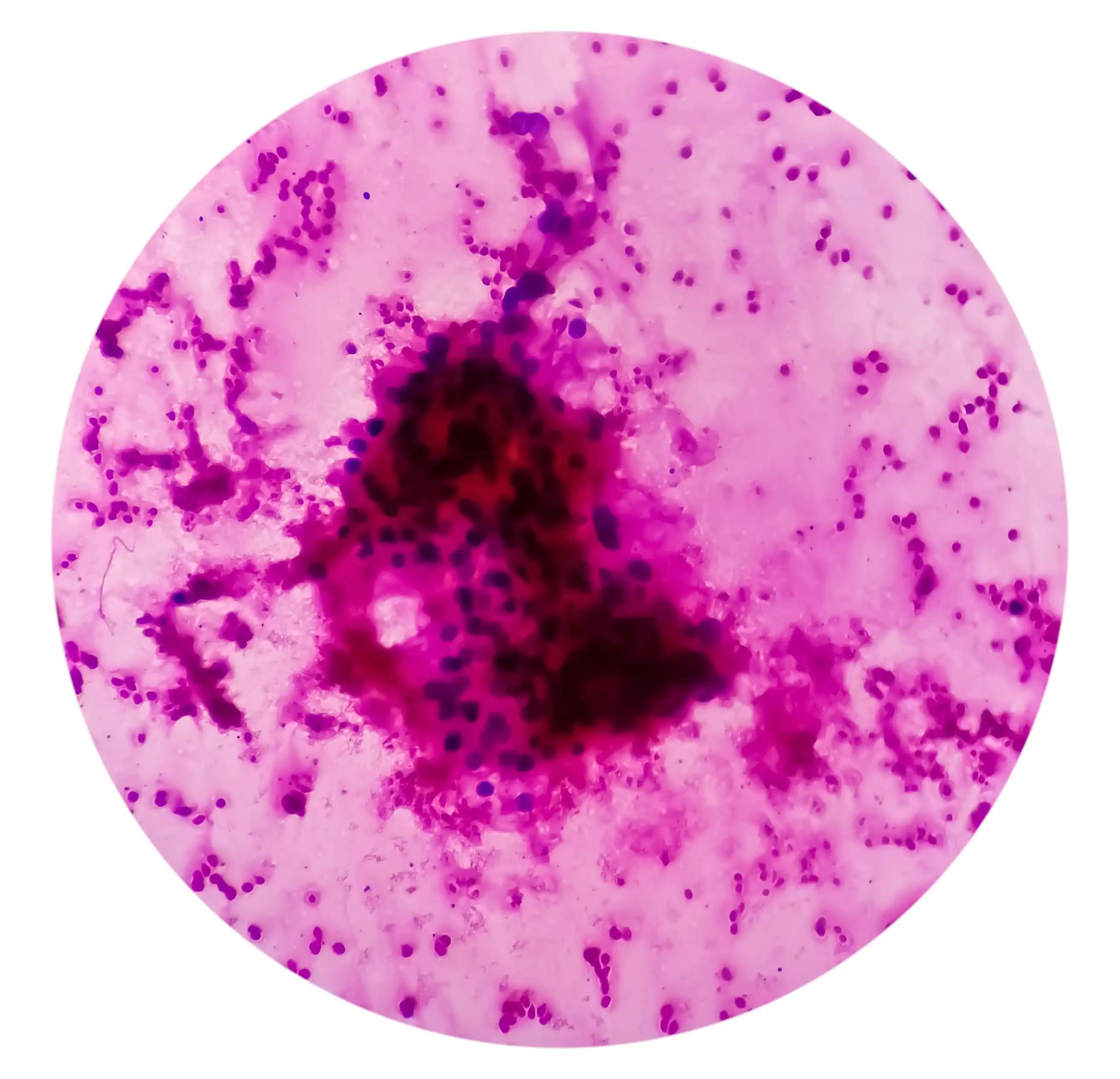KEY TAKEAWAYS
- The study aimed to assess the role of FSP1 and its potential as a therapeutic target in ChRCC.
- The results showed that combining RSL3 with FSEN1 or IKE with icFSP1 induced near-complete ferroptosis in ChRCC cell lines.
There are no profound clinically established therapies for metastatic or unresectable Chromophobe renal cell carcinoma (ChRCC). Ferroptosis, an iron-dependent cell death, is characterized by the peroxidation of membrane polyunsaturated fatty acids, which damages the membrane and leads to cell death. Glutathione, a potent cellular antioxidant, counters lipid peroxidation to prevent ferroptosis. Both reduced and oxidized glutathione are markedly elevated in ChRCC.
It has already been discovered that ChRCC is hypersensitive to ferroptosis, induced by the pharmacologic disruption of glutathione homeostasis via the cysteine transporter SLC7A11 or glutathione peroxidase (GPX4) inhibition (PNAS, 2022). Ferroptosis suppressor protein (FSP1) is a glutathione-independent suppressor of ferroptosis, and its role in ChRCC remains unexplored.
Samer Salem and the team aimed to investigate the role of FSP1 in ChRCC and determine its potential as a therapeutic target in this cancer type, given that FSP1 is a glutathione-independent suppressor of ferroptosis and its role in ChRCC is currently unexplored.
Researchers obtained the transcriptional data from DepMap (484 cell lines) and cancer therapeutics response portal (CTRP) from about 860 cell lines, which was utilized for analyzing the genetic or pharmacologic inhibition of GPX4 and SLC7A11. PRISM 10 tool was employed for the statistical analysis using Mann-Whitney U and ANOVA tests. Statistical significance was defined as P < 0.05.
DepMap data revealed that FSP1 is the top-upregulated gene in cells resistant to RNAi-based inhibition of GPX4 (Achilles, DEMETER2) (Panel A). As per the CTRP data, FSP1 was the top-upregulated gene in cells resistant to the GPX4 inhibitor RSL3 and the 19th most upregulated gene in cells resistant to the SLC7A11 inhibitor, Erastin (Panel B). FSP1 was 2-fold higher in ChRCC compared to normal kidney (mean RSEM = 818.9 vs 445.9, P-value <0.0001) (Panel C) in the cancer genomic atlas (TCGA) KICH (ChRCC) dataset.
In vitro, studies of 2 ChRCC cell lines (UOK276 and RCJ-T2) revealed that while siRNA-mediated inhibition of GPX4 or FSP1 did not induce substantial cell death alone, rather the combination resulted in a synergistic effect and led to almost complete cell death (UOK276 mean viability 8% of siCTRL, P<0.0001; RCJ-T2 mean viability 13% of siCTRL, P<0.0001).
The ferroptosis inhibitor – ferrostatin-1, completely rescued cell viability, but not the necroptosis inhibitor necrostatin-1 or the apoptosis inhibitor Z-Vad-FMK (Panel D). The siRNA-mediated GPX4 knockdown combined with FSP1 pharmacologic inhibition (icFSP1 or FSEN1) induced extensive cell death (mean viability of siGPX4 + icFSP1 group = 21% of siCTRL + DMSO group, p<0.0001; mean viability of siGPX4 + FSEN1 group = 29% of siCTRL + DMSO group, P<0.0001) (Panel E).
Combining RSL3 with FSEN1, or IKE with icFSP1, also demonstrated synergy, with the ChRCC cell lines showing enhanced overall sensitivity to these drug combinations vs. 786-0 cells (ccRCC-derived) and HeLa cells (Panel F).
Snapshots from these experiments taken at [IKE] = 177nM and/or [icFSP1] = 20 mM for UOK276, and [RSL3] = 39.4 nM and/or [FSEN1] = 20 mM for RCJ-T2 show almost complete cell death when pharmacologic inhibitors of glutathione-dependent and -independent ferroptosis suppressors are combined, but no substantial cell death when each is used individually (7% and 10% viability in combination group compared to DMSO group for UOK276 and RCJ-T2 respectively, P<0.0001) (Panel G).
The study concluded that in vitro inhibition of FSP1, a glutathione-independent ferroptosis suppressor, induces ferroptosis in ChRCC cells when combined with inhibition of the glutathione-dependent suppressors GPX4 or SLC7A11.
Source: https://kcrs.kidneycan.org/wp-content/uploads/2024/06/KCRS24-Abstract-Book-6.27.24.pdf
The clinical trial identifier is not applicable to this study and no funding information was available.
Salem S, Mahmoud N, Chami J, et al. (2024). “Ferroptosis Suppressor Protein 1 is a Potent and Targetable Inhibitor of Ferroptosis in Chromophobe Renal Cell.” Presented at KCRS 2024 (Abstract 52).



